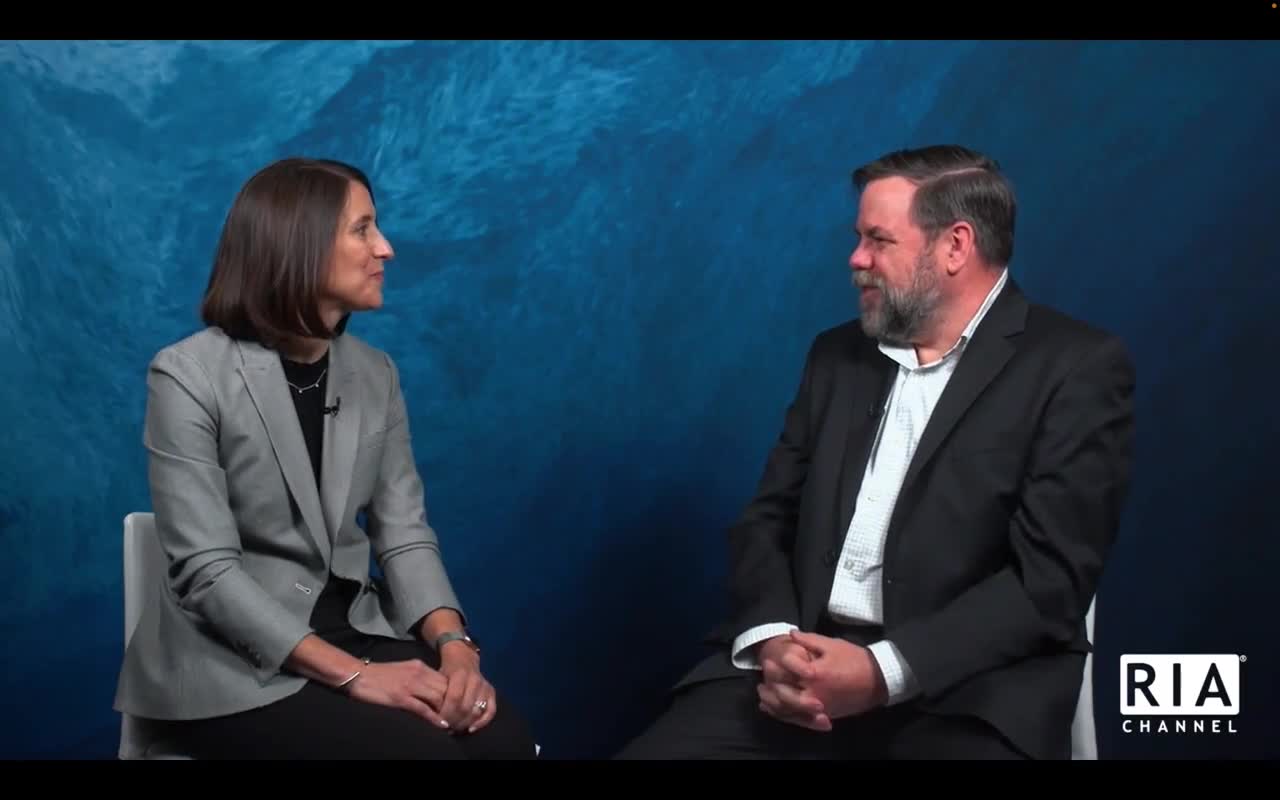RIA Channel Spoke with Sandra Testani about Trends in the ETF Market
Sandra Testani, Vice President, ETF Product and Strategy speaks with RIA Channel’s Keith Black about trends in the ETF market, fixed income, and how American Century is currently positioned.

Explore More Insights
Exchange Traded Funds (ETFs) are bought and sold through exchange trading at market price (not NAV), and are not individually redeemed from the fund. Shares may trade at a premium or discount to their NAV in the secondary market. Brokerage commissions will reduce returns.
These funds are actively managed ETFs that do not seek to replicate the performance of a specified index.
Generally, as interest rates rise, the value of the bonds held in the fund will decline. The opposite is true when interest rates decline.
The lower-rated securities in which the fund invests are subject to greater default and liquidity risk, because the issuers of high-yield securities are more sensitive to real or perceived economic changes.
Derivatives may be more sensitive to changes in market conditions and may amplify risks.
FUSI:
The interest rate and corresponding payment that floating rate securities are expected to pay adjust at predetermined dates on a periodic basis. Securities with floating interest rates are generally less sensitive to interest rate changes than securities with fixed interest rates, but they may decline in value if their interest rates do not rise as much, or as quickly, as comparable market interest rates. In addition, floating rate securities held by the fund may be less liquid or more difficult to sell than other securities. If it becomes necessary for the fund to sell less liquid securities, it could have an adverse effect on the fund, especially during periods of market turbulence or unusually low trading activity.
The value of the securities that the fund principally invests in may be secured or backed by other underlying assets or obligations. As such, the value of these securities may affected by the market value of the underlying assets, changes in the distributions on the underlying assets, defaults and recoveries on the underlying assets, capital gains and losses on the underlying assets, prepayments on underlying assets and the availability, prices and interest rate of underlying assets. In addition, these securities may be subject to number of additional risks, including interest rate, market, credit and correlation risk. Use of certain types of these securities can create economic leverage in the fund's portfolio, which may result in significant volatility and cause the fund to participate in losses in an amount that exceeds the fund's initial investment. Also, the value of these securities may decrease based on the inability or perceived inability of a security's issuer or obligated party to make interest and principal payments.
SDSI:
Duration, which is an indication of the relative sensitivity of a security's market value to changes in interest rates, is based upon the aggregate of the present value of all principal and interest payments to be received, discounted at the current market rate of interest and expressed in years. The longer the weighted average duration of the fund's portfolio, the more sensitive its market value is to interest rate fluctuations. Duration is different from maturity in that it attempts to measure the interest rate sensitivity of a security, as opposed to its expected final maturity.
Exchange Traded Funds (ETFs): Foreside Fund Services, LLC - Distributor, not affiliated with American Century Investment Services, Inc.